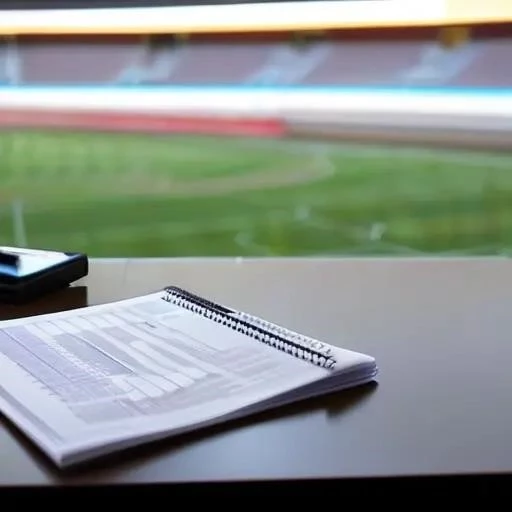Choosing the right roof for your commercial building is a significant investment, impacting not only its protection from the elements but also its energy efficiency and overall aesthetic appeal․ The diverse range of available options can be overwhelming, making it crucial to understand the specific advantages and disadvantages of each type․ This comprehensive guide delves into the most common commercial roofs, providing a detailed breakdown of their pros and cons to help you make an informed decision tailored to your unique needs․ Investing in the right type of commercial roofs can save you money in the long run․
Understanding Your Needs: Factors to Consider
Before diving into the specific types of commercial roofs, it’s essential to assess your building’s requirements and consider several key factors:
- Budget: Initial costs can vary significantly between different roofing systems․
- Building Structure: Weight limitations and roof slope will influence your options․
- Climate: Consider local weather conditions, including rainfall, snowfall, and temperature extremes․
- Energy Efficiency: Some roofing materials offer better insulation and reflectivity․
- Maintenance Requirements: Different roofs require varying levels of upkeep․
Common Types of Commercial Roofs: A Detailed Comparison
Single-Ply Membrane Roofing
Single-ply membrane roofing consists of a single layer of flexible sheet material․ The most common types are:
- EPDM (Ethylene Propylene Diene Monomer): A synthetic rubber material known for its durability and UV resistance․
- TPO (Thermoplastic Polyolefin): A heat-weldable material that is energy-efficient and environmentally friendly․
- PVC (Polyvinyl Chloride): A durable and chemical-resistant material commonly used in restaurants and other facilities that exhaust grease․
Built-Up Roofing (BUR)
BUR systems consist of multiple layers of roofing felt laminated together with asphalt or coal tar․ A final layer of gravel or mineral surfacing is typically applied for protection․
Modified Bitumen Roofing
Modified bitumen is an asphalt-based roofing material modified with polymers to enhance its flexibility and durability․ It’s often applied in multiple layers․
Metal Roofing
Metal roofing is a durable and long-lasting option made from materials like steel, aluminum, or copper․ It’s available in various styles, including standing seam and corrugated․
Green Roofing
Green roofs are vegetated roof systems that offer environmental benefits like stormwater management and improved insulation․ They can be extensive (shallow soil depth) or intensive (deeper soil depth allowing for larger plants)․
Pros and Cons: A Comparative Table
| Roofing Type | Pros | Cons |
|---|---|---|
| Single-Ply (EPDM, TPO, PVC) | Lightweight, relatively inexpensive, easy to install, good resistance to UV and chemicals (PVC)․ | Can be punctured, requires careful installation, limited aesthetic appeal․ |
| Built-Up Roofing (BUR) | Durable, fire-resistant, relatively inexpensive․ | Heavy, requires hot application, prone to cracking, environmentally unfriendly․ |
| Modified Bitumen | Durable, flexible, relatively easy to install․ | Requires hot application, can be prone to punctures․ |
| Metal Roofing | Extremely durable, long-lasting, fire-resistant, energy-efficient (reflective coatings)․ | Expensive, can be noisy during rain, can dent easily․ |
| Green Roofing | Environmentally friendly, improved insulation, stormwater management, extended roof lifespan․ | Expensive, requires structural reinforcement, requires regular maintenance․ |
Choosing the right commercial roof is a multifaceted decision that requires careful consideration of your building’s specific needs and budget․ By understanding the pros and cons of each type of roof, you can select a system that provides long-lasting protection and value․ Ultimately, a well-informed decision regarding the type of commercial roofs to use will save you money and protect your investment for years to come․

